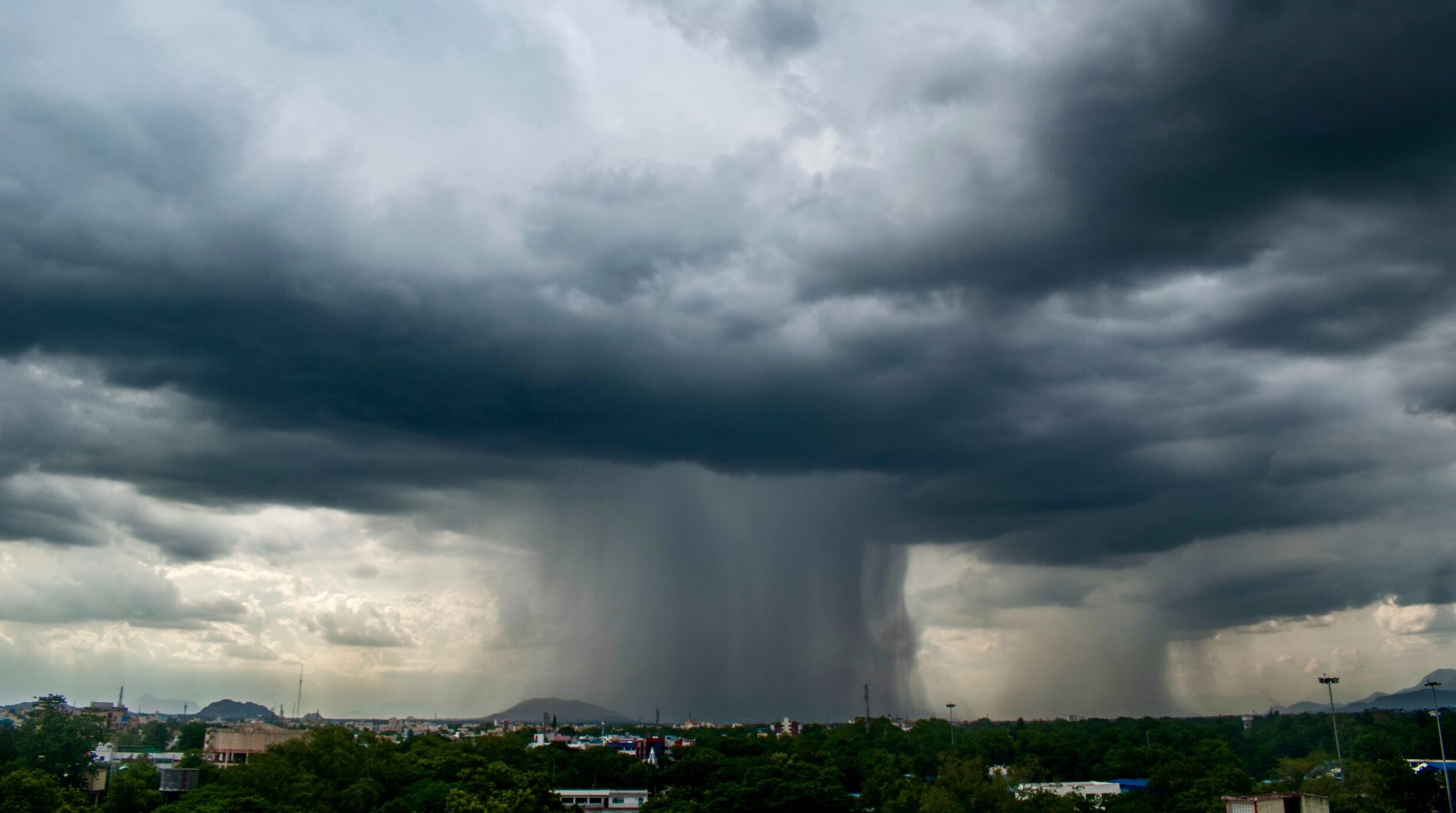In recent days, several parts of Pakistan have witnessed the devastating effects of cloudbursts.
A cloudburst is a rare and powerful weather event where more than 200 mm of rain falls within just an hour. Often described as “clouds exploding,” this phenomenon usually occurs in hilly regions with heavy thunder and lightning, triggering flash floods and landslides.
Scientists explain that this happens when hot air between the ground and clouds prevents them from holding moisture for long. Once the pressure drops, the clouds suddenly release massive amounts of water, leading to a cloudburst. Climate change has made these events even more intense, with shifting weather patterns and higher humidity levels fueling stronger bursts.
Destruction Across Pakistan This Year
This monsoon season, cloudbursts have hit different areas including Chakwal, Hyderabad, Gilgit, and Chilas.
Chakwal: A single cloudburst dumped a staggering 423 mm of rain.
Hyderabad: Nearly 70% of the city’s streets were flooded.
Chilas (Gilgit-Baltistan): Flash floods on Babusar Road swept away vehicles, killing 19 tourists.
Buner and Swabi Hit Hard
Khyber Pakhtunkhwa recently saw one of the deadliest cloudbursts in its history.
Buner: Over 150 mm of rain in just an hour unleashed flash floods that wiped out several villages. At least 320 people lost their lives, including 207 in Buner alone.
Swabi (Dalori Gadoon): Another cloudburst combined with landslides destroyed 12 houses and killed 15 people.
Rescue operations are still underway, and officials say families living in high-risk zones will be relocated to safer areas.
Can Pakistan Prepare for Cloudbursts?
Meteorologists say climate change is the main driver, as hotter air holds more moisture, making these bursts deadlier. Predicting them in advance is nearly impossible.
Experts suggest some preventive steps:
Avoiding construction near streams and rivers
Improving drainage systems
Restoring natural water pathways
Expanding forest cover
A Growing Climate Disaster
Cloudbursts are fast becoming a harsh reality for Pakistan. With climate change, poor infrastructure, and unsafe construction practices, the damage keeps getting worse.
The tragedies in Buner and Swabi, which killed hundreds and wiped out communities, show the urgent need for stronger disaster management. Both the government and local communities will have to take serious action to reduce future losses.






